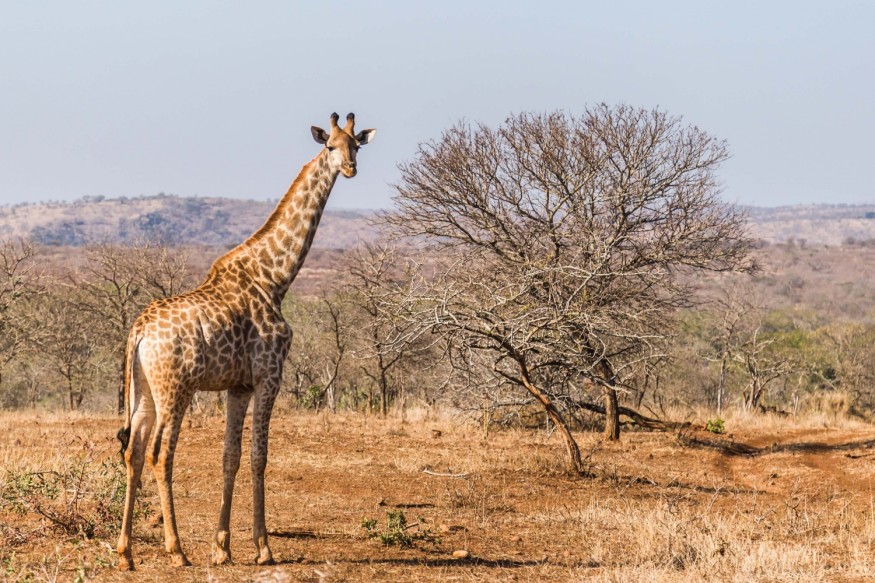A Giraffe (Giraffa) is considered the tallest living terrestrial mammal in the world. On average, these magnificent beasts towers over all the other animals at an astonishing 18 feet in height. But recently, local wildlife scientists discovered two that are smaller than the usual size.

In Africa, scientists researching animal conservation organizations stumbled upon an Angolan (Gimil) and a Nubian (Nigel) Giraffe.
GCF researchers recently spotted two dwarf giraffe in Namibia and Uganda. These adult male giraffe are the first dwarf... Posted by Giraffe Conservation Foundation on Saturday, January 2, 2021
What made this a unique experience is that the Giraffes they found had less than half the average Giraffe's height. The latter measured to reach nine feet (9 ft), four inches (4 in), while the former was just eight and a half feet (8 and 1/2 ft).
Based on the initial observation, the scientist immediately recognized the reason behind such an unusual sight. They had Dwarfism.
Gimil, the Nubian Giraffe, was discovered by scientists in 2015 at Uganda's Murchison Falls National Park. He was just a calf at that time when they noticed that he had disproportionate limb dimensions when compared to the animal's torso and neck. Over the years, the scientists kept on recording his development until he reached full maturity.
The Angolan Giraffe, Nigel, however, was found not in conservation or a national park. He was living along with other Giraffes on a private farm in central Namibia.
Many scientists and researchers have spent a fair amount of their resources studying the two animals as the conditions were extremely rare. After years of studying, they noticed that the smaller members of the species (even those who had no Dwarfism) have shorter legs, specifically the radius of their metacarpal bones. They also had shorter forearms than their regular height counterparts.
Despite not having limited mobility compared to other animals with the same disability, scientists still fear for Nigel and Gimil's lives as they might be more prone to predation due to their relatively smaller stature.
Dwarfism
Skeletal dysplasia (SD2), more commonly known as Dwarfism, is a medical condition that results in bone growth abnormalities that disproportionately shorten bone anatomy.
The effects of Skeletal dysplasia are more visible to humans; however, it is a pretty common phenomenon in the animal world.
Inbreeding is one of the reasons for this physical anomaly. Most cases of Dwarfism for animals in captivity are unfitting mating conditions and forced breeding. A lot of underground or illegal breeders intentionally inbreed these animals despite the severe physical and genetic consequences to create mutations that would fit the exquisite demands of their clientele. A dangerous practice that risks the lives of the parent animals and more so for the future inbred children. Because of the obvious forced conditions that captive animals had to go through, inbreeding and Dwarfism is rare for animals in the wild.
If Dwarfism is rare in the wild, it's even rarer for such large animals to have the disease. As a matter of fact, Nigel and Gimil are the first documented Giraffes born with the physical abnormality.
Despite the lifespan shortening effects of the disorder for those who had it, both Giraffes are now fully matured adults. According to the researchers and scientists observing them, it seems like the Dwarfism did not severely affect animals; it should not decrease their lifespan.
READ NEXT: Animals That Went Extinct In 2020 (and some that might disappear in 2021)
For more news and updates about the animal world, don't forget to follow Nature World News
© 2025 NatureWorldNews.com All rights reserved. Do not reproduce without permission.





